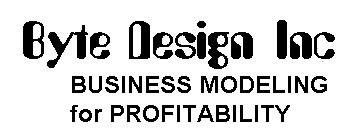|
| |
   
    
- Paper Manufacturing
- A major paper manufacturer utilizes models to plan production, make
long-term budget projections, and warn of impending shortages.
- Plywood Mill Optimizing
-
More than 10 of the country's plywood mills have been modeled, from
the largest in the country to some medium-sized mills. The
models produced a re-allocation of veneer to a more profitable product
mix, or a change in recipe. One 2-plant model produced an
average selling price increase of $ 6.35 per M38 (1.8% of revenue)
over the same quarter in the prior (non-modeled) year.
- Timber Harvest Optimizing
-
A harvest region with more than 300 stands of timber, 3 internal
mills and 22 external destinations was modeled. The mills
were modeled by a return-to-log computation for each of the 15 log
types modeled, producing a re-allocation of the timber destinations
for 6% of the timber, and increasing profits by 2% of gross revenue.
- Castings Manufacturing
-
A plant manufacturing castings was modeled to determine the profitability
of different products, each of which is customer-specific. This
analysis also provided the basis for adjustment of prices. A
full cost-based model was built, including the allocation of
investment costs to specific products, or classes of products.
- Electronics Manufacturing
-
A group of PCB assembly machines in several lines was
analyzed. The result was a grouping of products by component
similarity, and a sequencing to minimize downtime due to component
changeovers. Changeover downtime was reduced by 40%.
-
- Oil Refining
-
Several steps in the standard refining process were modeled,
including an A&V Tower and a Cat Cracker. The model reduced
product waste due to feedstock changeover -- times were reduced
60%.
-
|
